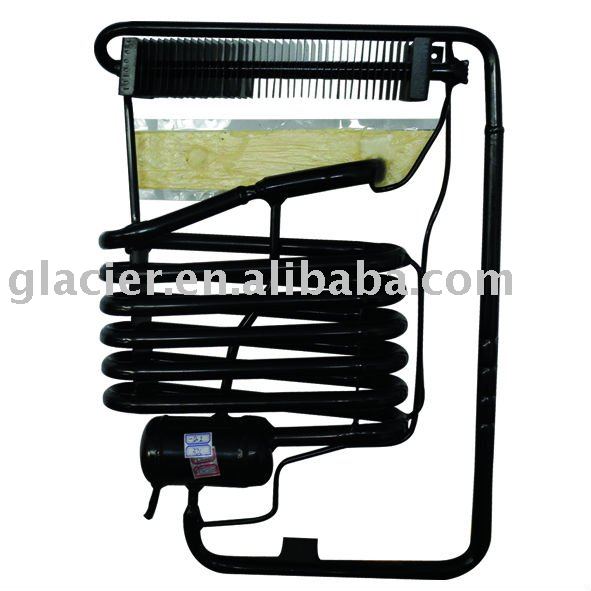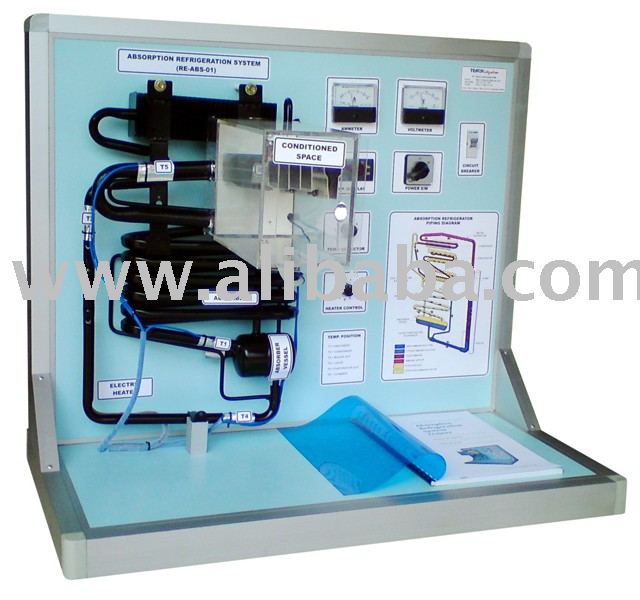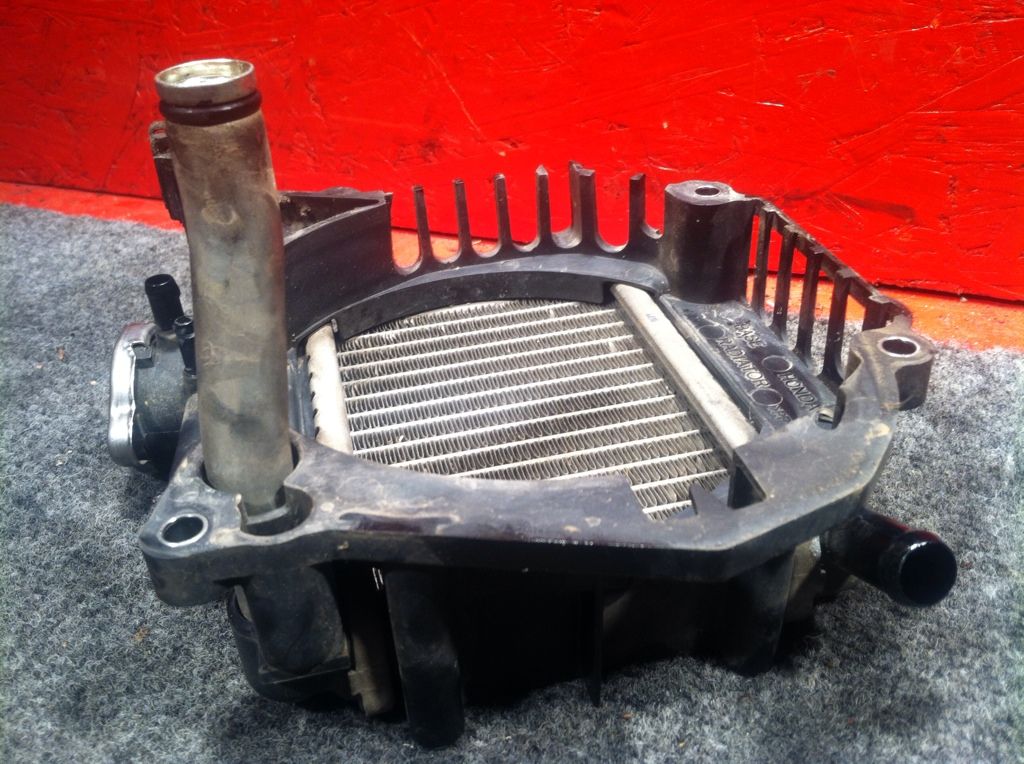Ok so I am thinking of building a Steampunk inspired PC to use for gaming and as a Steam Machine for the next generation.
the prime goal here is to make a 0 decibel system, no fans, pumps or other moving parts.
my Idea is to use a small 'absorption refrigeration' unit torn out of a chinese minibar.


If you don't know what absorption refrigeration is here is the rundown: It uses the condensation of ammonium and then absorption back into a liquid water medium to provide cooling. ammonium absorbed in the water is heated, changing it to a gaseous form, where it goes to the condenser plate, condenses and causes cooling, it then flows back down out of the condenser to the absorption liquid, is absorbed before being heated and starting the process again.
The point is, an absorption refrigeration unit is completely silent (no compressor like freon fridges). so i was thinking of interfacing the condenser plate directly with the heat sinks of the CPU and GPU, and the surrounding this condenser-cpu-gpu setup in a small insulated box made of styrofoam (with lots of desiccant added to the inside to stop condensation) and then wrapping this unit in several layers of plastic bags (airtight to stop condensation too). Before putting this unit in a custom made burnished copper case.
Then I plan on painting the existing pipes on the unit above with copper paint (and/or just wire wheeling them to take the paint off and show bare metal) and then building a separate unit housing the HDD, motherboard, PSU etc and mounting it to this whole setup.
My problem is that I've never built a PC before, so I have to wonder, Is it possible to isolate the CPU and GPU from the rest of the computer hardware like this (I don't want my motherboard in the fridge if I can help it, and the HDD doesn't like to get cold.), is there any other part of the computer that will need cooling, and most importantly will my CPU and GPU get TOO cold? Operating temp of the condenser plate is around 0 degrees C.
EDIT: I found a quote saying that motherboards work fine down to 0 C, and I don't think there is such a thing as a cable to connect a CPU to a motherboard to isolate them (unless I am mistaken in which case inform me) so keeping my motherboard, CPU and GPU (and associated heatsinks interfaced directly with the condenser plate) all inside the refrigerated-airtight-desicated unit is doable.
the prime goal here is to make a 0 decibel system, no fans, pumps or other moving parts.
my Idea is to use a small 'absorption refrigeration' unit torn out of a chinese minibar.


If you don't know what absorption refrigeration is here is the rundown: It uses the condensation of ammonium and then absorption back into a liquid water medium to provide cooling. ammonium absorbed in the water is heated, changing it to a gaseous form, where it goes to the condenser plate, condenses and causes cooling, it then flows back down out of the condenser to the absorption liquid, is absorbed before being heated and starting the process again.
The point is, an absorption refrigeration unit is completely silent (no compressor like freon fridges). so i was thinking of interfacing the condenser plate directly with the heat sinks of the CPU and GPU, and the surrounding this condenser-cpu-gpu setup in a small insulated box made of styrofoam (with lots of desiccant added to the inside to stop condensation) and then wrapping this unit in several layers of plastic bags (airtight to stop condensation too). Before putting this unit in a custom made burnished copper case.
Then I plan on painting the existing pipes on the unit above with copper paint (and/or just wire wheeling them to take the paint off and show bare metal) and then building a separate unit housing the HDD, motherboard, PSU etc and mounting it to this whole setup.
My problem is that I've never built a PC before, so I have to wonder, Is it possible to isolate the CPU and GPU from the rest of the computer hardware like this (I don't want my motherboard in the fridge if I can help it, and the HDD doesn't like to get cold.), is there any other part of the computer that will need cooling, and most importantly will my CPU and GPU get TOO cold? Operating temp of the condenser plate is around 0 degrees C.
EDIT: I found a quote saying that motherboards work fine down to 0 C, and I don't think there is such a thing as a cable to connect a CPU to a motherboard to isolate them (unless I am mistaken in which case inform me) so keeping my motherboard, CPU and GPU (and associated heatsinks interfaced directly with the condenser plate) all inside the refrigerated-airtight-desicated unit is doable.





